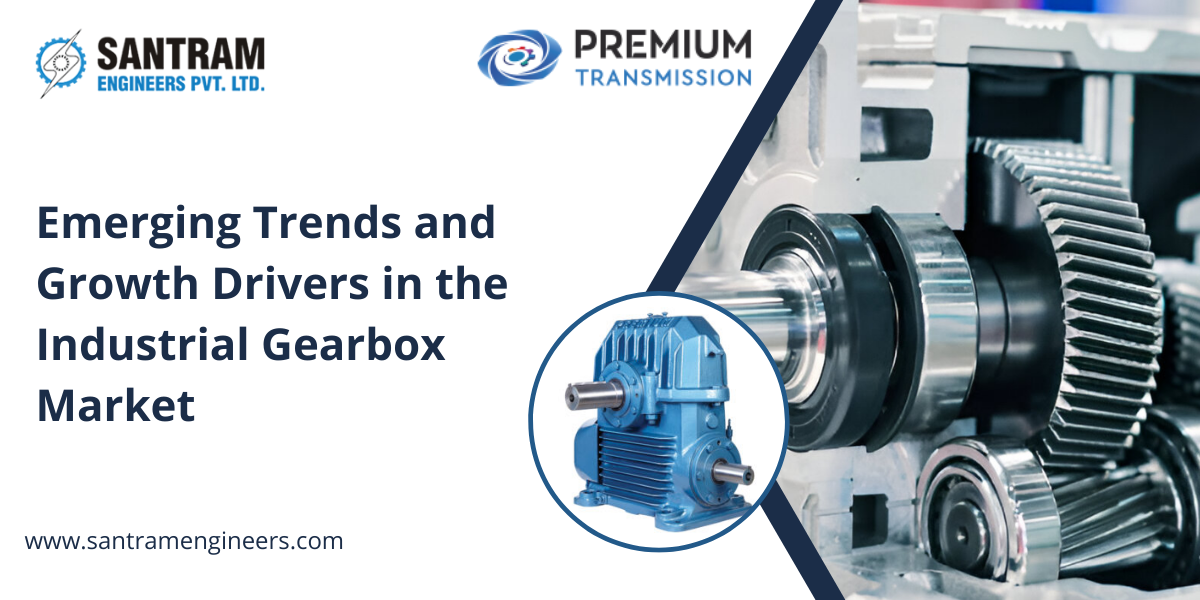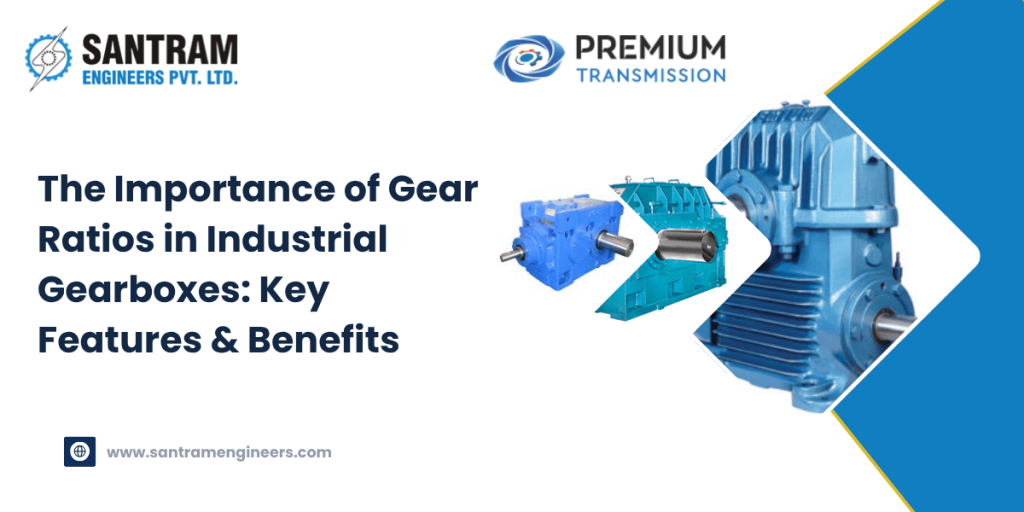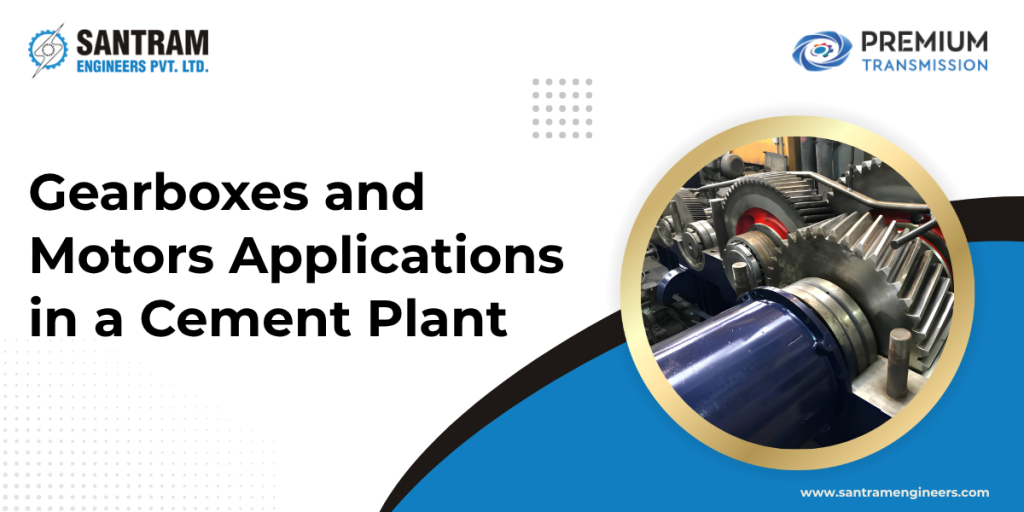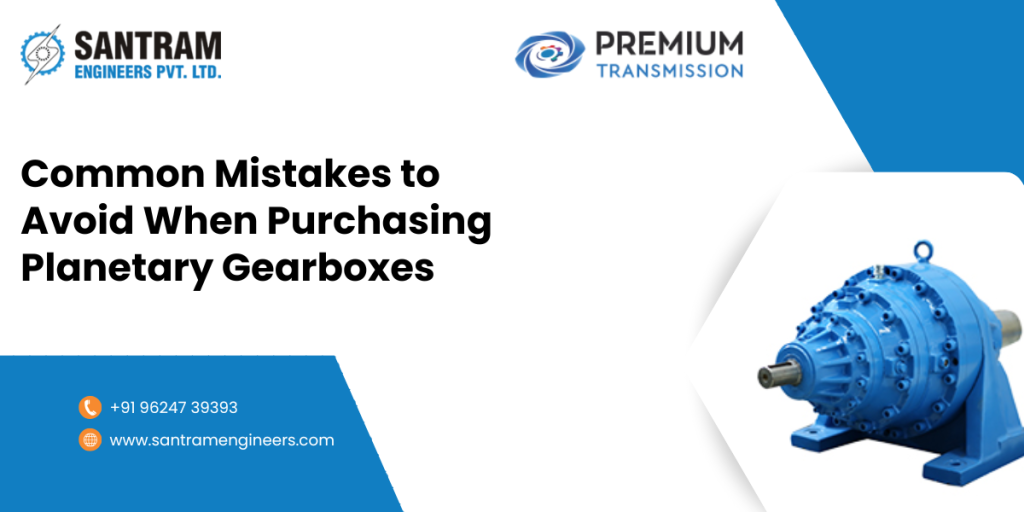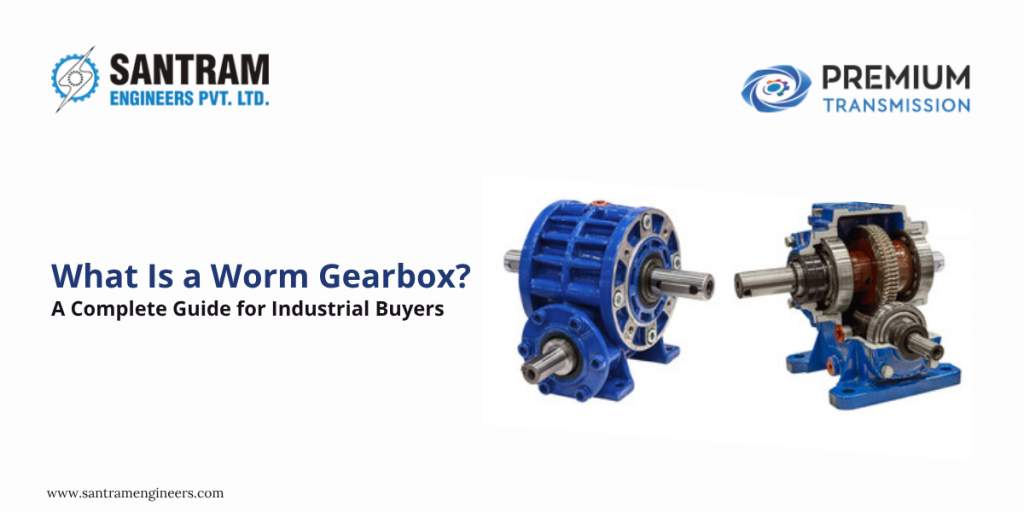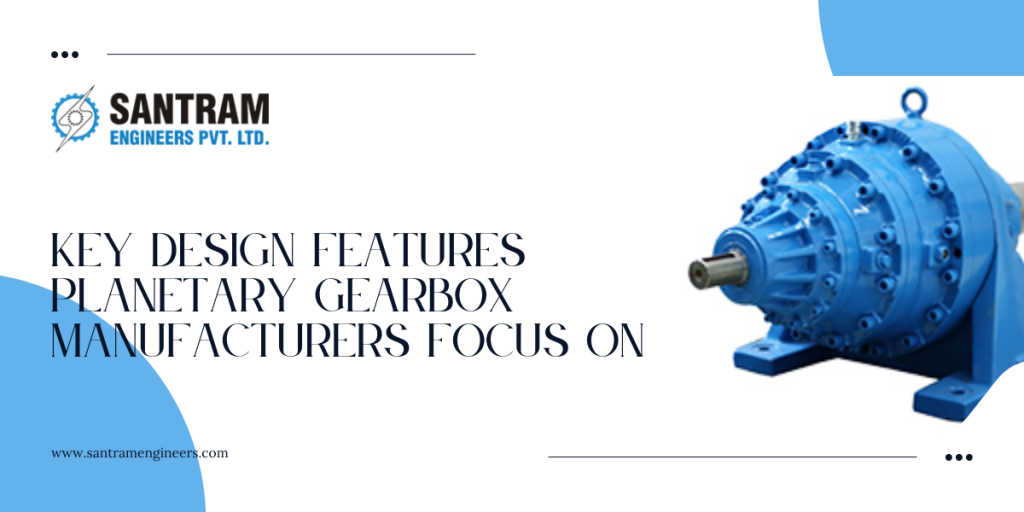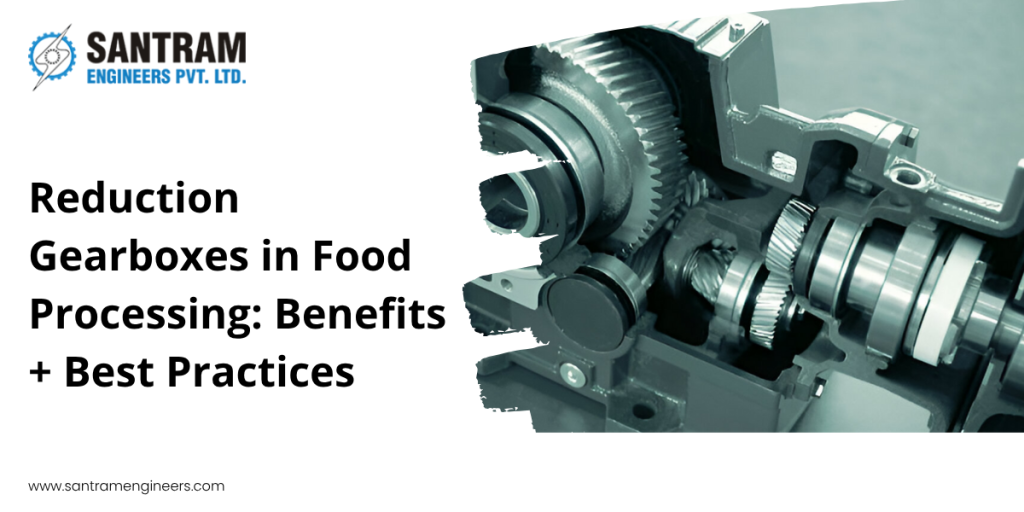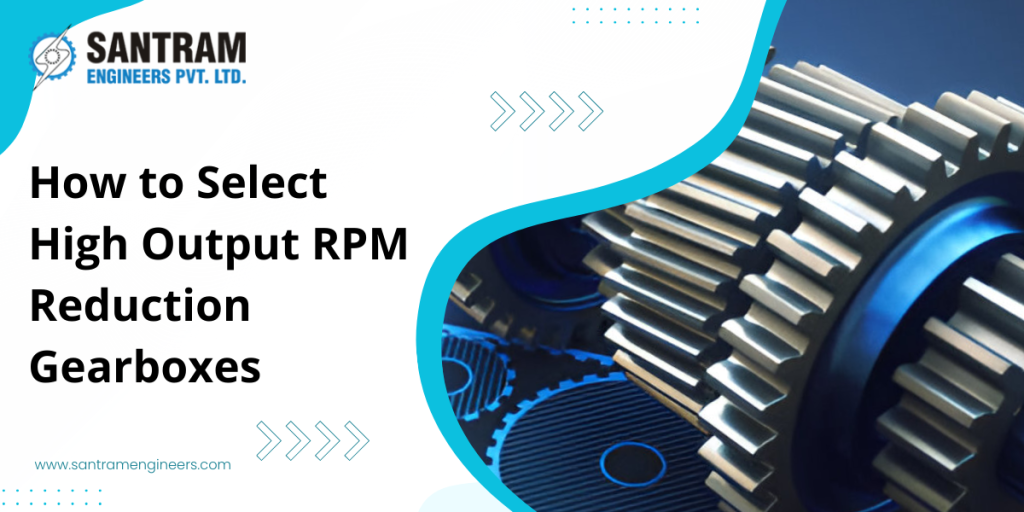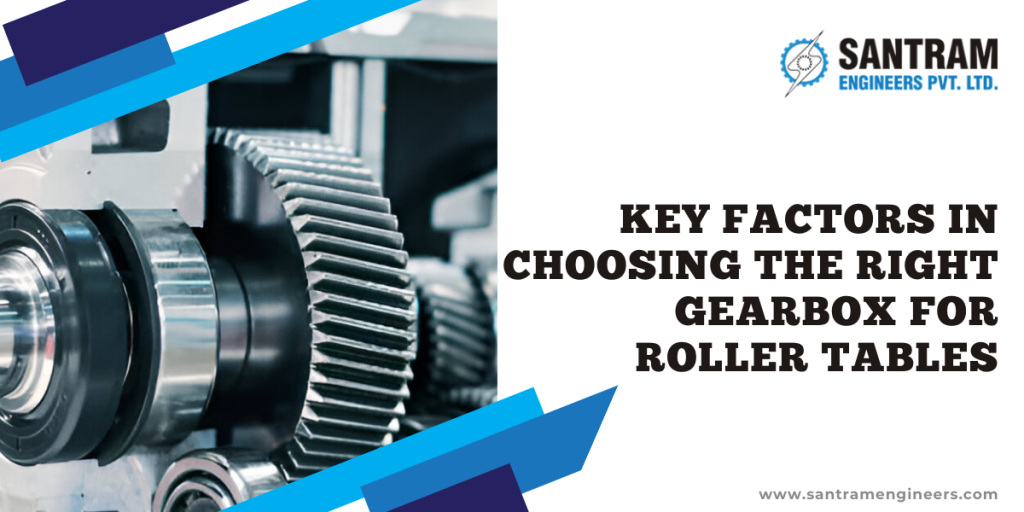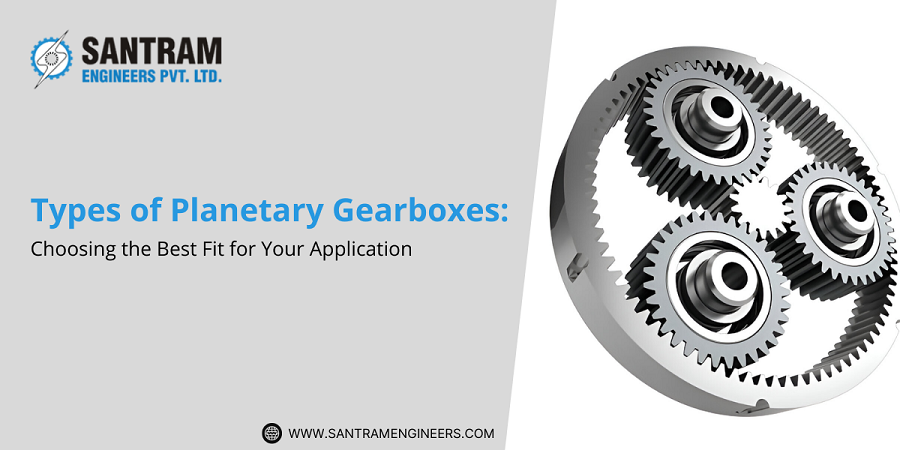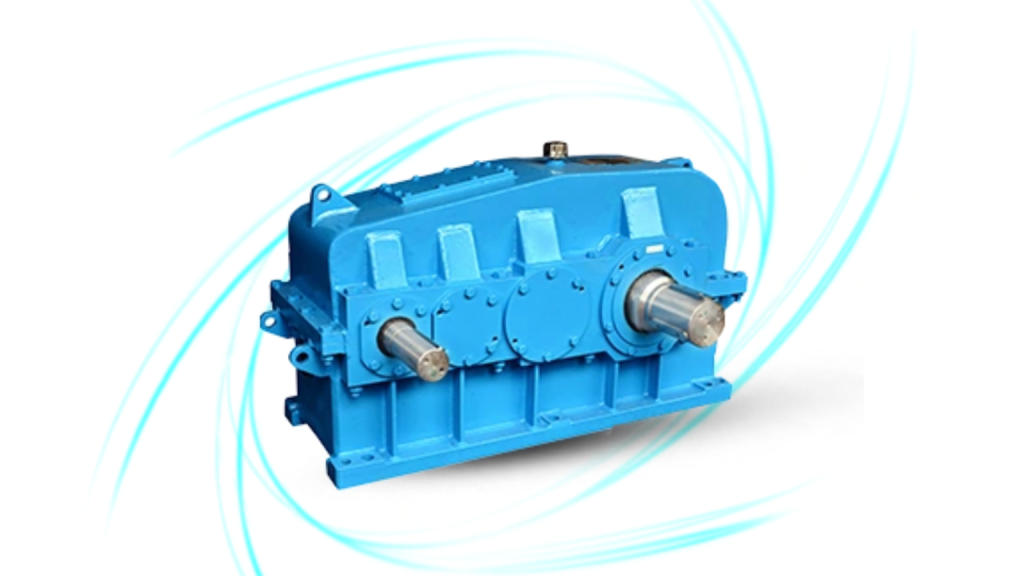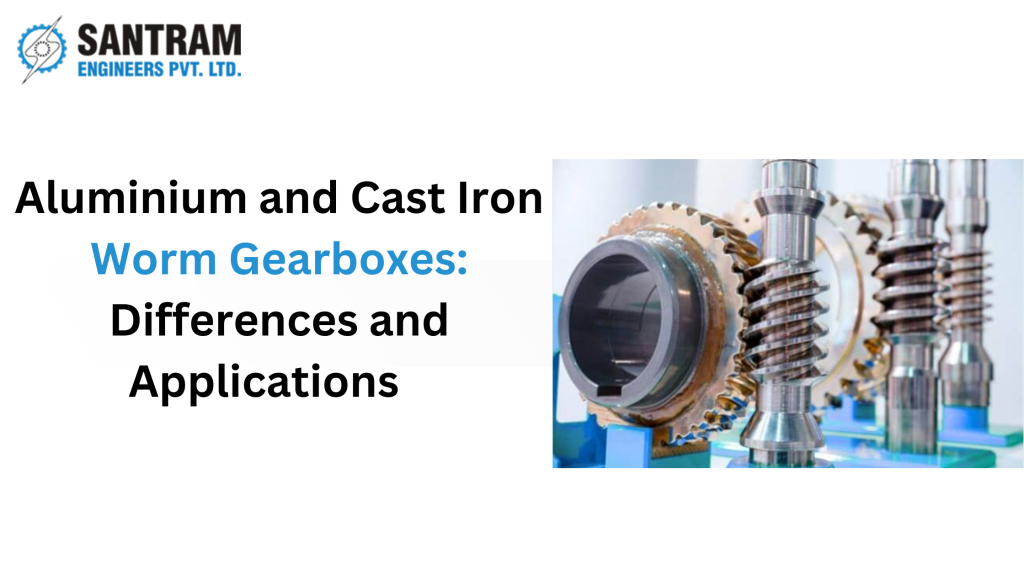Industrial gearboxes are the silent powerhouses behind countless machines and processes that keep industries moving. From construction equipment to energy plants, these devices convert energy into the torque and speed necessary for efficient mechanical operations. With automation and digitalisation on the rise, industrial gearboxes continue to evolve as advanced systems rather than simple transmission devices. Today, they play a central role in enabling automation, sustainability, and reliability across sectors.
This article explores the latest market trends that are shaping the future of gear technology, while highlighting why modern gearboxes are vital in driving efficiency and long-term performance.
What is an Industrial Gearbox?
An industrial gearbox is a mechanical device designed to transmit power between a prime mover, such as an engine or motor, and a driven piece of equipment. It adjusts torque, speed, and direction of rotation, allowing heavy-duty machinery to perform efficiently under varied load conditions.
Whether it’s lifting raw materials at a steel plant, powering conveyor belts in manufacturing units, or enabling the rotation of wind turbine blades, gearboxes ensure smooth and controlled power transmission.
Overview of Different Types of Gearboxes
1. Planetary Gearboxes
Known for their compact design and high torque density, planetary gearboxes are widely used in applications requiring high precision and load distribution. Common industries include robotics, wind energy, and heavy engineering.
2. Worm Gearboxes
Worm gear systems are valued for their simplicity, high reduction ratios, and quiet operation. They are often used in elevators, conveyors, and packaging machinery where smooth and silent function is important.
3. Helical Gearboxes
With angled teeth that ensure gradual engagement, helical gearboxes deliver high efficiency and reduced noise levels. They are common in cement plants, power stations, and heavy machinery.
4. Bevel Gearboxes
Designed to transmit motion between intersecting shafts, bevel gearboxes are typically used in automotive differentials and mining equipment.
Each gearbox type serves specific industrial purposes, and its selection depends on torque, speed requirements, and operating conditions.
Why Industrial Gearboxes Remain Critical for Power Transmission
Despite advancements in direct-drive systems, industrial gearboxes continue to dominate industrial power transmission because of their versatility, reliability, and ability to handle extreme loads. They help industries:
- Improve energy efficiency by optimising torque.
- Extend machinery lifespan through controlled motion.
- Reduce operational costs by preventing unnecessary downtime.
With manufacturing processes becoming more automated and energy-conscious, industrial gearboxes remain an irreplaceable component in modern engineering.
Key Market Trends in the Industrial Gearbox Sector
1. Shift Towards Compact and Lightweight Gearbox Designs
Space constraints in industrial plants and machinery have fueled the demand for compact gearbox solutions. Lightweight gearboxes not only save space but also reduce the overall weight of equipment, making transportation and installation easier.
For example, planetary gearboxes are gaining popularity because of their ability to deliver high torque output in a compact size. Similarly, industries adopting lightweight gear solutions benefit from:
- Reduced maintenance costs.
- Better mobility of equipment.
- Enhanced operational flexibility.
2. Adoption of IoT and Industry 4.0 in Gearbox Systems
The rise of smart manufacturing has pushed gearbox technology into the digital age. Modern industrial gearboxes are increasingly being integrated with sensors and IoT-enabled devices that monitor temperature, vibration, and wear.
This real-time data enables predictive maintenance, reducing downtime and extending gearbox life. Manufacturers using IoT-enabled gear systems can:
- Identify faults before they escalate.
- Improve Overall Equipment Effectiveness (OEE).
- Lower operational risks and repair costs.
3. Focus on Energy-Efficient Gearbox Solutions
Sustainability has become a top priority across industries, and gear technology is no exception. Energy-efficient industrial gearboxes are designed to minimise power losses during transmission, ensuring machines consume less energy without compromising output.
Both planetary gearboxes and worm gearboxes play a crucial role here. Planetary gear systems are highly efficient in handling heavy loads, while worm gearboxes are optimised for low-speed, high-torque operations with minimal energy wastage. This shift toward energy-efficient gear solutions helps companies:
- Lower electricity bills.
- Meet environmental compliance requirements.
- Improve long-term profitability.
4. Modular and Customised Gearbox Solutions
Industries are no longer satisfied with one-size-fits-all gearbox designs. The demand for customised and modular industrial gearboxes has grown as businesses require solutions tailored to specific operational needs.
Modular designs allow industries to:
- Scale up capacity without replacing the entire gearbox.
- Swap or upgrade components easily.
- Reduce downtime during maintenance or system upgrades.
This trend is particularly strong in sectors like packaging, food processing, and renewable energy, where machines need gear systems aligned with unique production requirements.
5. Growing Role of Automation and Robotics
Automation and robotics are now central to manufacturing, logistics, and material handling. These systems require precise and durable gearboxes capable of handling continuous, high-speed operations.
Advancements in gearbox design, such as planetary gearboxes known for precision and load-sharing, are meeting these challenges. Industries adopting robotics benefit from:
- Higher accuracy in processes.
- Improved production speed.
- Reduced human intervention and errors.
6. Digital Twin Technology in Gearbox Engineering
One of the most exciting innovations in gearbox development is the use of digital twin technology. A digital twin is a virtual replica of a physical gearbox, allowing engineers to simulate performance, test durability, and predict failures without physical prototypes.
This technology helps manufacturers:
- Reduce development costs.
- Accelerate product innovation.
- Ensure higher reliability through predictive analysis.
As digital twins become mainstream, the industrial gearbox industry is set to achieve breakthroughs in design optimisation and lifecycle management.
Key Growth Drivers for the Industrial Gearbox Market
The industrial gearbox market is undergoing rapid transformation as industries adopt smarter, cleaner, and more reliable technologies. Alongside new trends, there are several growth drivers fueling demand for industrial gearboxes across diverse sectors.
1. Expanding Industrialisation and Infrastructure Projects
As nations invest in large-scale industrialisation, the need for durable and high-performance gearboxes continues to grow. Industrial gearboxes are critical to heavy machinery, cranes, conveyors, and material handling systems, all of which form the backbone of infrastructure development.
In India, for example, initiatives such as the Smart Cities Mission and massive investments in highways, metro rail, and urban infrastructure have accelerated the demand for advanced mechanical systems. Gearboxes ensure:
- Smooth operation of construction equipment.
- Reliable performance under heavy loads.
- Long service life even in challenging environments.
From cement manufacturing plants to steel rolling mills, gearboxes play an indispensable role in ensuring uninterrupted industrial operations.
2. Rapid Growth in the Renewable Energy Sector
The renewable energy industry, especially wind and solar power, has emerged as one of the strongest drivers of gearbox demand. Wind turbines rely heavily on industrial gearboxes to convert low-speed rotor energy into high-speed power generation. Similarly, solar tracking systems use gear mechanisms to align panels with the sun’s movement, enhancing efficiency.
Planetary gearboxes are particularly suited for renewable energy applications due to their:
- High torque density.
- Compact design for space optimisation.
- Ability to handle fluctuating loads efficiently.
As countries aim for ambitious renewable energy targets, the gearbox market will see a surge in opportunities. India is expected to be a key player in supplying innovative gearbox solutions to the global clean energy sector.
3. Automotive and E-Mobility Innovations
The automotive industry has always been a significant consumer of gearbox technology. With the shift toward electric vehicles (EVs), the role of gearboxes is evolving. EVs demand lighter, energy-efficient gear systems that deliver high performance without compromising speed or torque.
Industrial gearboxes, especially advanced types, are being redesigned to meet these needs. Benefits include:
- Compactness for integration into EV drivetrains.
- Enhanced efficiency to extend battery life.
- Lower noise and vibration for a smoother driving experience.
As India pushes for faster adoption of EVs under its clean mobility mission, industrial gearbox manufacturers are innovating to align with new automotive standards.
4. Globalisation and Cross-Border Trade
The globalisation of manufacturing has also spurred demand for advanced gearbox solutions. Export-driven industries require machinery that can comply with international quality benchmarks. Gearboxes are at the centre of this transformation because they directly affect machine performance, energy consumption, and reliability.
Global supply chains also create pressure to standardise gearbox designs, leading to innovations that meet diverse requirements. For Indian gearbox suppliers, this trend opens opportunities to expand into international markets by delivering globally competitive solutions in worm gearboxes, planetary gearboxes, and other industrial types.
5. Rising Demand in Mining, Oil & Gas, and Heavy Engineering
Mining, oil & gas, and heavy engineering industries operate in some of the harshest environments. Equipment in these industries requires gearboxes that can withstand high torque, extreme loads, and prolonged operation under rugged conditions.
For instance, worm gearboxes are valued for their strength and durability in applications such as drilling rigs, conveyors, and hoists. On the other hand, planetary gearboxes provide high torque in a compact form, making them ideal for mining trucks, crushers, and other heavy-duty applications.
The increasing exploration of natural resources, coupled with expanding industrial projects in emerging economies, ensures consistent demand for these heavy-duty gearbox solutions.
6. Technological Advancements and R&D Investments
Innovation in gearbox technology has been a game-changer for industries. Continuous research and development have led to gearboxes with:
- Higher efficiency.
- Extended operational life.
- Smart monitoring capabilities.
Indian manufacturers are also making significant contributions in this area by investing in R&D centres that focus on energy-efficient gear systems, predictive maintenance technologies, and sustainable designs. With global demand rising, Indian gearbox suppliers are well-positioned to establish themselves as leaders in advanced gearbox engineering.
Future Outlook of the Industrial Gearbox Market
Looking ahead, the industrial gearbox market is expected to grow steadily, driven by automation, sustainability, and digitalisation. Some key projections include:
- Increased Adoption in Next-Gen Industries: From robotics to aerospace, industrial gearboxes will remain integral to achieving precision and efficiency.
- Balancing Sustainability with Automation: The future will demand gear systems that not only optimise performance but also reduce carbon footprints.
- The Evolving Role of Indian Suppliers: With strong manufacturing capabilities and competitive pricing, Indian gearbox makers are poised to expand their footprint in the global market.
By embracing digital technologies such as IoT, AI, and digital twins, the gearbox industry will continue to innovate and meet the evolving needs of industries worldwide.
Partner with India’s Trusted Industrial Gearbox Supplier
Looking for reliable solutions that power performance and efficiency? At Santram Engineers, we specialise in delivering high-quality industrial gearboxes tailored to meet the demands of modern industries. From planetary gearboxes for high precision applications to worm gearboxes built for heavy-duty performance, our products ensure durability, energy savings, and long-term value. Backed by expert engineering and customer-focused service, we help businesses across sectors stay ahead of the curve.
Connect with us at +91 96247 39393 or email us at sales@santramengineers.com to explore advanced industrial gearbox solutions designed to drive your growth.

